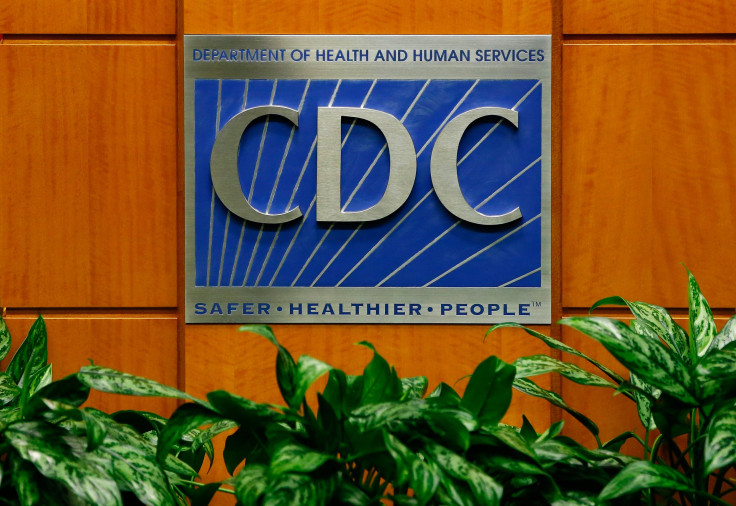How To Improve Public Trust And Its Impact On US Healthcare System

This pandemic has revealed serious gaps in the nation's healthcare delivery system. The need to thoroughly assess those gaps with a subsequent plan of corrective action should be part of our collective response.
The idea of the public trust is rooted in our democracy and constitutional framework. It can be described as the empowerment given to elected officials and leaders by the citizenry to maintain and advance the requisite components of a civil society.
These institutional structures may vary, but the trust that we have in them to fulfill their charter and the confidence given to their leadership is rarely questioned or reviewed by those that depend on it most.
Fact to power
In the case of the public’s health, there are a number of agencies, federal and state, that are charged with the health and welfare of society, from the NIH to public hospital systems.
Chief among the agencies tasked and trusted with leading the response to the COVID-19 pandemic is the Centers for Disease Control and Prevention (CDC). If ever there was a moment in time for an agency to demonstrate its value, this pandemic was it for the CDC.
Instead, a flurry of inconsistent sound bites which echoed party lines left “fact”— the domain and purview of science in what many would consider a “post-fact” world — to be filled in large part by state leaders, specifically governors, of the hardest-hit regions in the country.
Both responses strengthened partisan divides and further diminished trust in the government's ability to effectively respond to the pandemic.
Behind the COVID-19 curtain
As it emerged, the velocity of the virus, its virility, and clinical presentation quickly overcame the clinical capabilities, surge capacities, and infrastructure of the most advanced health systems.
Clinician efforts and hospital responses, though heroic, were hampered by longstanding gaps in our healthcare delivery system, gaps that desperately needed to be filled to meet the challenge of the pandemic. The lack of coordination between hospitals, the under-resourcing of the safety-net hospitals, and the shortage of essential medical supplies and clinical technologies such as ventilators and personal protective equipment all revealed how tenuous the system is.
We know that COVID-19 mortality and morbidity is disproportionately high in elderly individuals with underlying health conditions and individuals of color who have historically faced inequities in receiving healthcare services and who are now at even greater risk. Early data suggests that in many states although individuals of color are in the minority, they account for a majority of the COVID-19 cases.
Furthermore, the need for social distancing has eliminated formal and informal support systems and access to community resources, all fundamental elements necessary for a healthy population and thriving community.
Healthcare delivery
Although the pandemic has revealed serious gaps in our current healthcare systems’ ability to respond, the inequities, failures, and shortcomings experienced by those most vulnerable to it were not created by the virus. They are the culmination of a failure of the compact, that public trust so necessary for the advancement of a civil society for all.
In addition, those who operate within the health sector, high performing delivery systems, and private sector innovators swim upstream against a current of regulation and misaligned incentives. These incentives rarely put our patients and communities in the center and fail to recognize the reality that our health system is a vital component of the public trust, not unlike public safety and education.
The need to objectively and thoroughly assess the response to both the pandemic and the inequities in policy and care delivery with a subsequent plan of action should be part of our nation’s response. Such an analysis can inform the development of new policies and procedures so that the impact of future events is mitigated.
Consider a Marshall Plan for healthcare
Much like the Marshall Plan sought to aid Western Europe’s economic recovery after World War II, we should establish a comparable initiative to address the inequities revealed by the COVID-19 pandemic and to accelerate the implementation of any remedies. Where the Marshall Plan intervened in Europe’s blighted economy due to bombed out factories, we can address job loss with new models for business growth in communities hit hardest. And where that historical plan attempted to rectify gaps in world trade, we can address gaps in new ways to educate, learn, and share knowledge.
The Marshall Plan is thought by many to be the most effective foreign aid program the United States has ever deployed. Perhaps, we have something to learn from history.
(Richard J. Gannotta is a senior lecturer of Health Administration at NYU’s Robert F. Wagner Graduate School of Public Service)
© Copyright IBTimes 2025. All rights reserved.





















